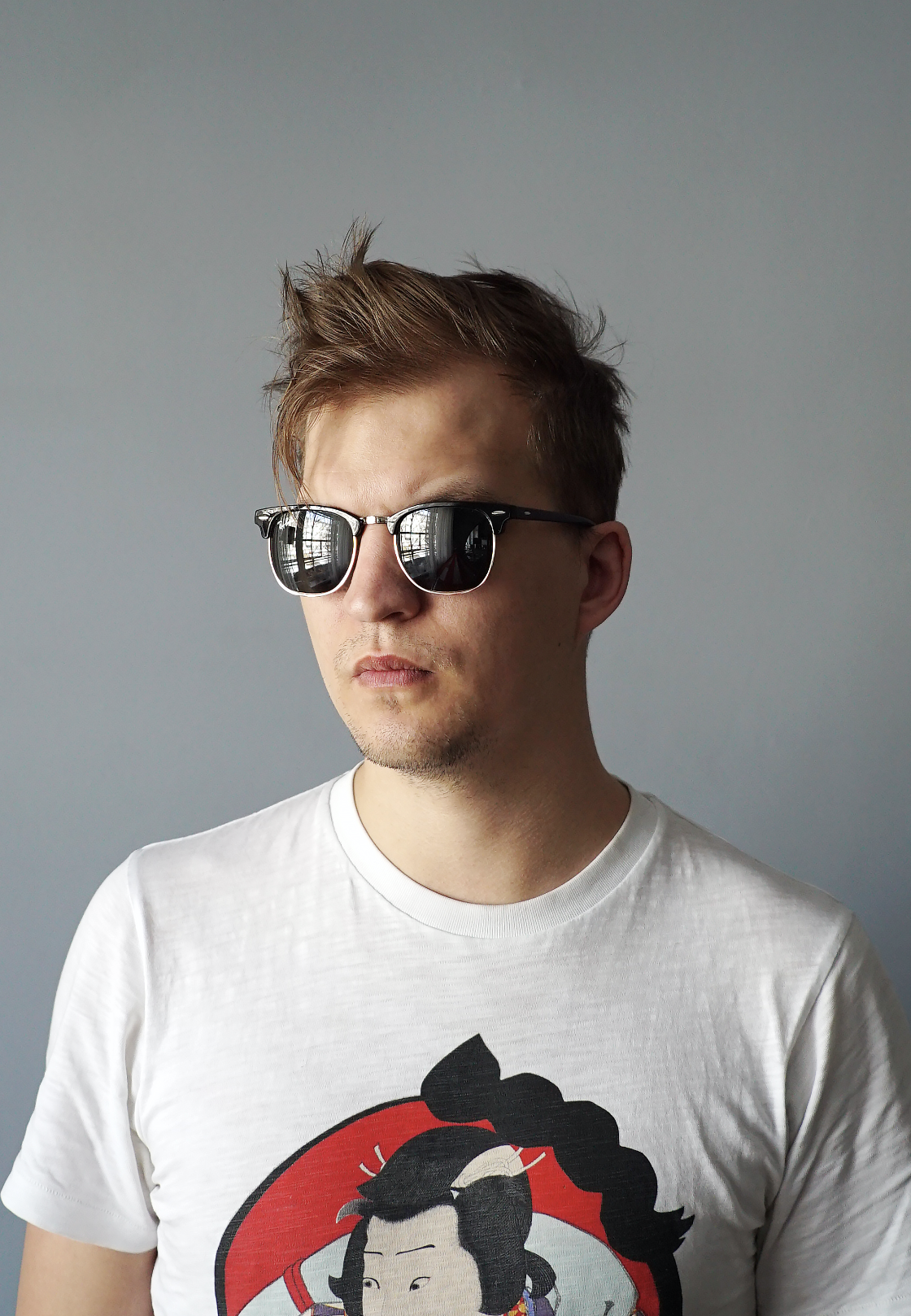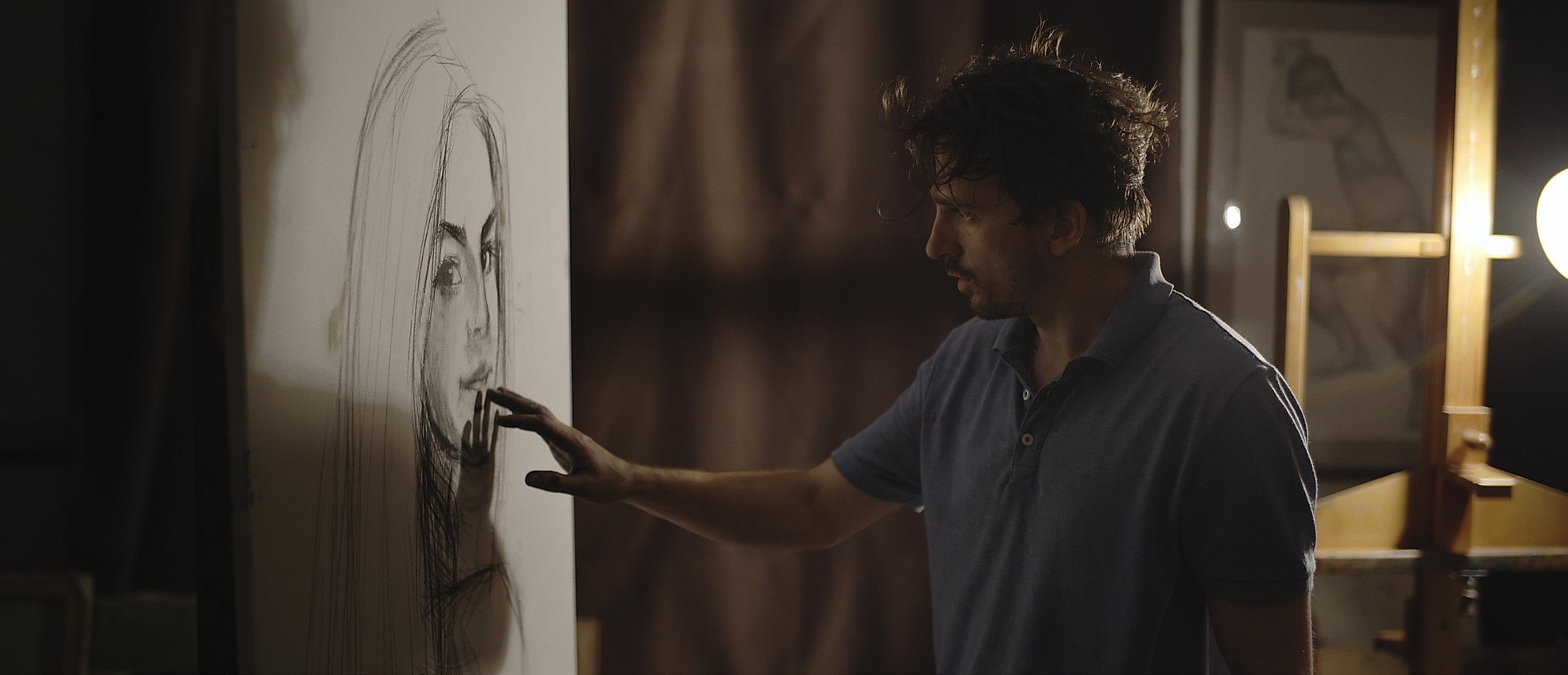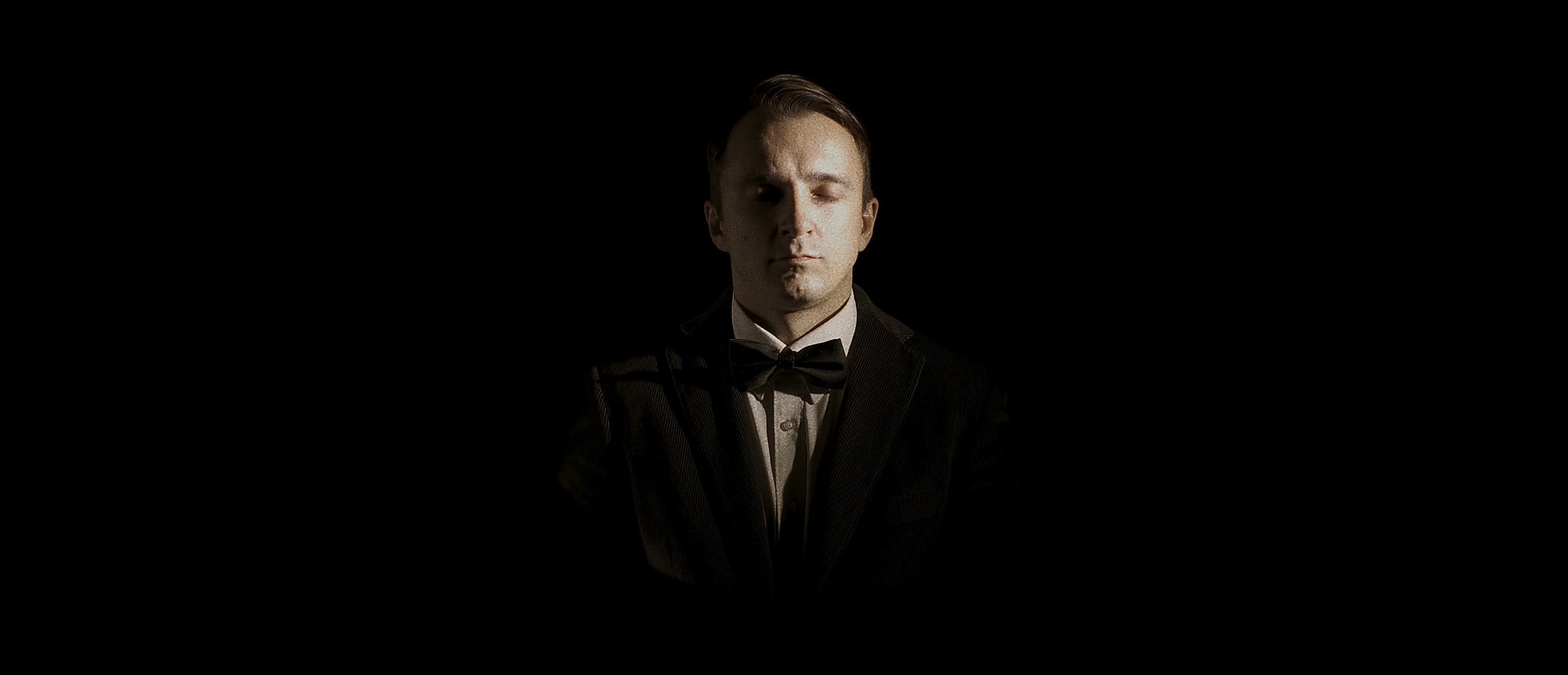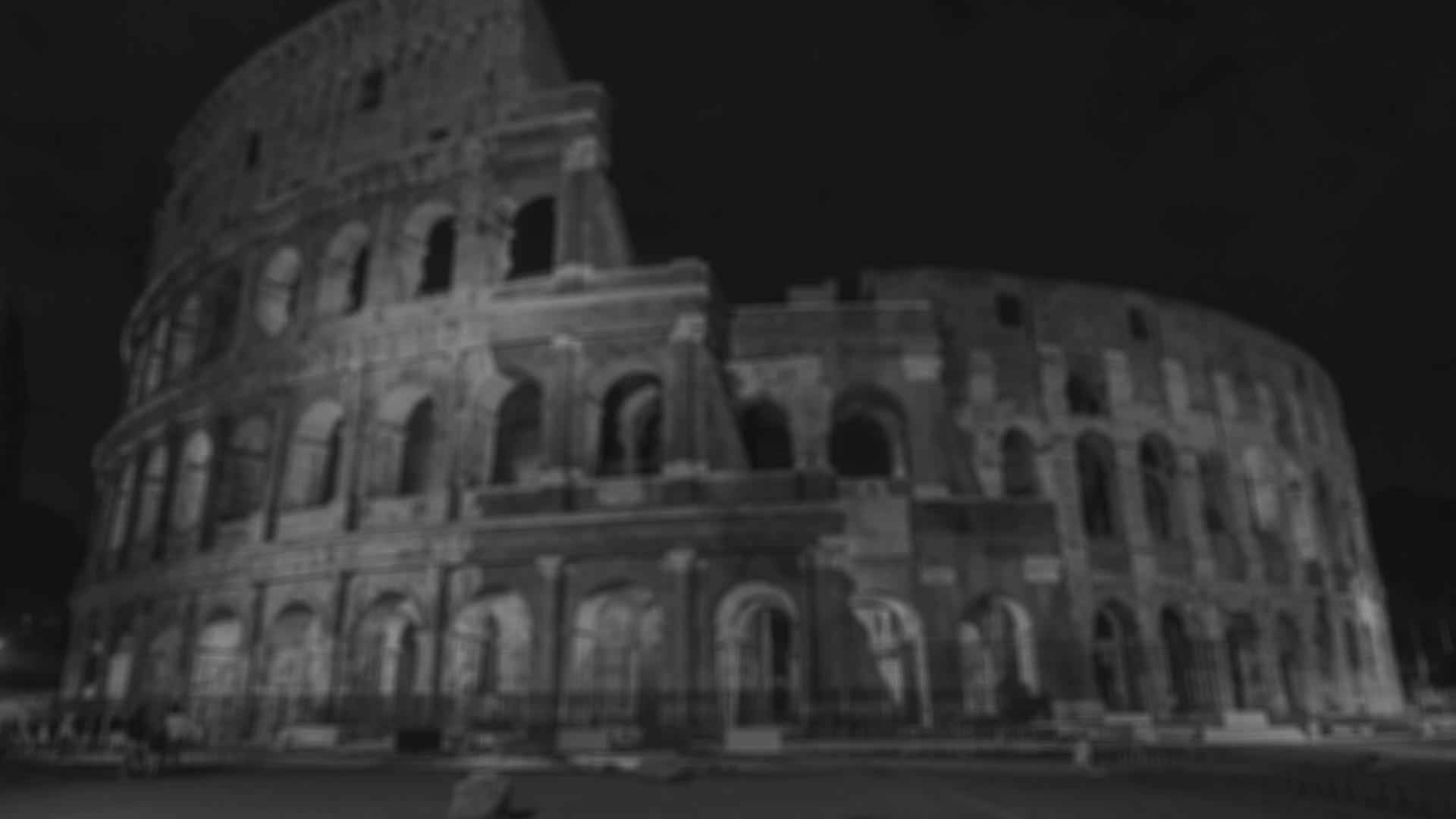11 Apr An interview with SERGIO YAKF, director of “Portrait of a stranger”
Posted at 17:36h
in Interviews

Sergio Yakf
“Any art tries to reflect the image of reality in which we exist. For cinema, this works best”
BIO
Sergio Yiakf is an alias. Sergey Yakovlev (real name) was born and live in the Far East of Russia, in a place, he says, that we can’t easily find on the map. He is now 32 years old. He founded a video production studio in his city several years ago, mainly for commercial video for business companies. Cinema for him is like a passion and a hobby at the same time. This is his fifth short film and the second that he send to festivals.

This film is surprising, for the way it manages to combine a fascinating narrative plot with a refined expression of meaning. In particular, the film deals with the artistic obsession that often surrounds the work of creatives and the way in which art is linked to reality. Tell us about your creative process and the reasons that led you to shoot this film.
This film is part of my future trilogy project “Triptych of Art”, in which there will be three short stories about different types of art: installation, painting, performance. This part is about painting. We have to build the other parts yet. This is an author’s project and an author’s film. Everything that my team and I are shooting, everything, is being shot without a budget. There is no film industry in our region and any kind of art can be equated to an amateur level. Perhaps this is the first reason for writing this scenario – an attempt to prove that art is primarily an obsession and passion, and only then innovation and style. The idea of the film: art is a painful work, the result of which is often unpredictable and unfair.

In your film the protagonist is a painter. This helps to give great visual strength to the film. Speaking of the cinematographic medium, which arts are you most inspired by when creating your films? Painting? Literature?
The main character in my film is a collective image of all those who have remained unknown to history. Not only in painting, but in general in any work. As for the plot in the film itself, this is a kind of bridge between such types of painting as realism and expressionism. But an ironic joke with a deaf girl is already postmodernism. In the film itself, from the point of view of the visual component, of course, I was inspired by the images of David Lynch, this is clearly visible in dream scenes. But in the scenes in the workshop, on the contrary, it was necessary to convey realism, with minimal light sources, it should have been similar to the paintings of Rembrandt Harmenszoon Van Rijn, though I will not say that we did it well.

Nowadays the rapid usability of contents and digital communication seem to have removed the arts and cinema from this dimension so personal that you show in such a passionate way. Can we consider this film a romantic act of hope towards art that comes from the soul? Is this how you see yourself as an artist?
Cinema always weaves at the end of modern art. If all world artists are already trying metamodernism, then cinema has not yet become part of postmodernism. This is natural, because cinema is a mass art. This is a mosaic of stereotypes. The hero in the film is another stereotype of the “artist”, which is still relevant for the majority. A drinking artist passionately painting a portrait of a stranger. This is a stereotype. A romantic act? I don’t know, I can’t say. The hero is doomed from the beginning, he prowls like a maniac in search of a new “victim”, but there is no vanity in him, and he cannot be successful in the modern world. In part, this is myself, of course, because this is an author’s film. However, there is definitely no hope in this film, there is only irony.


